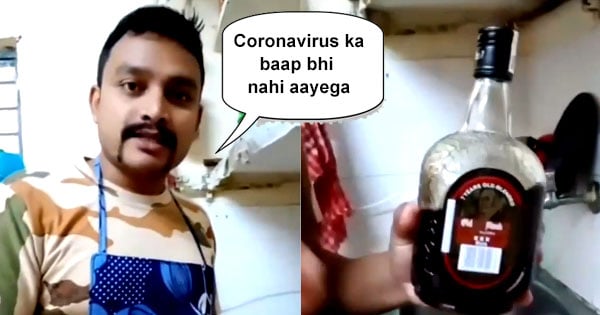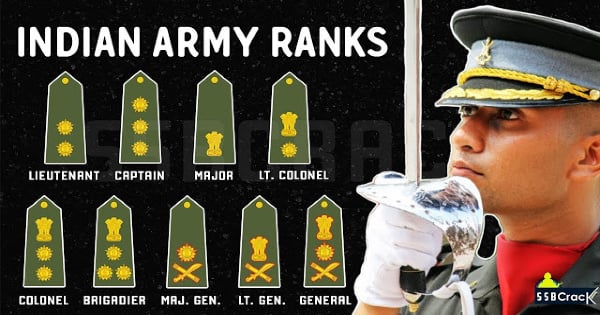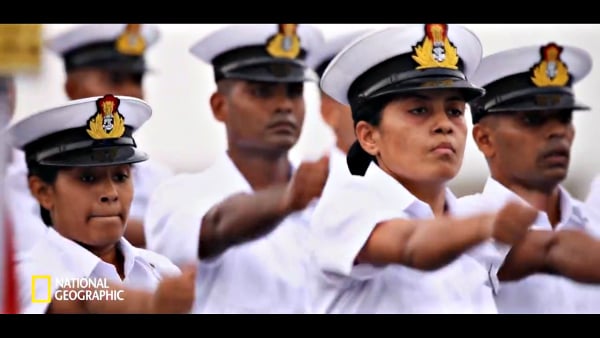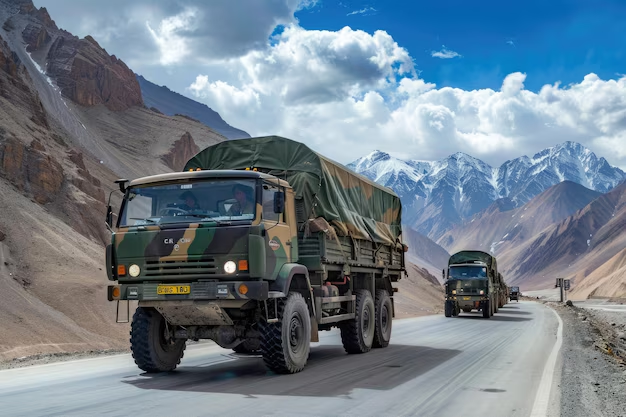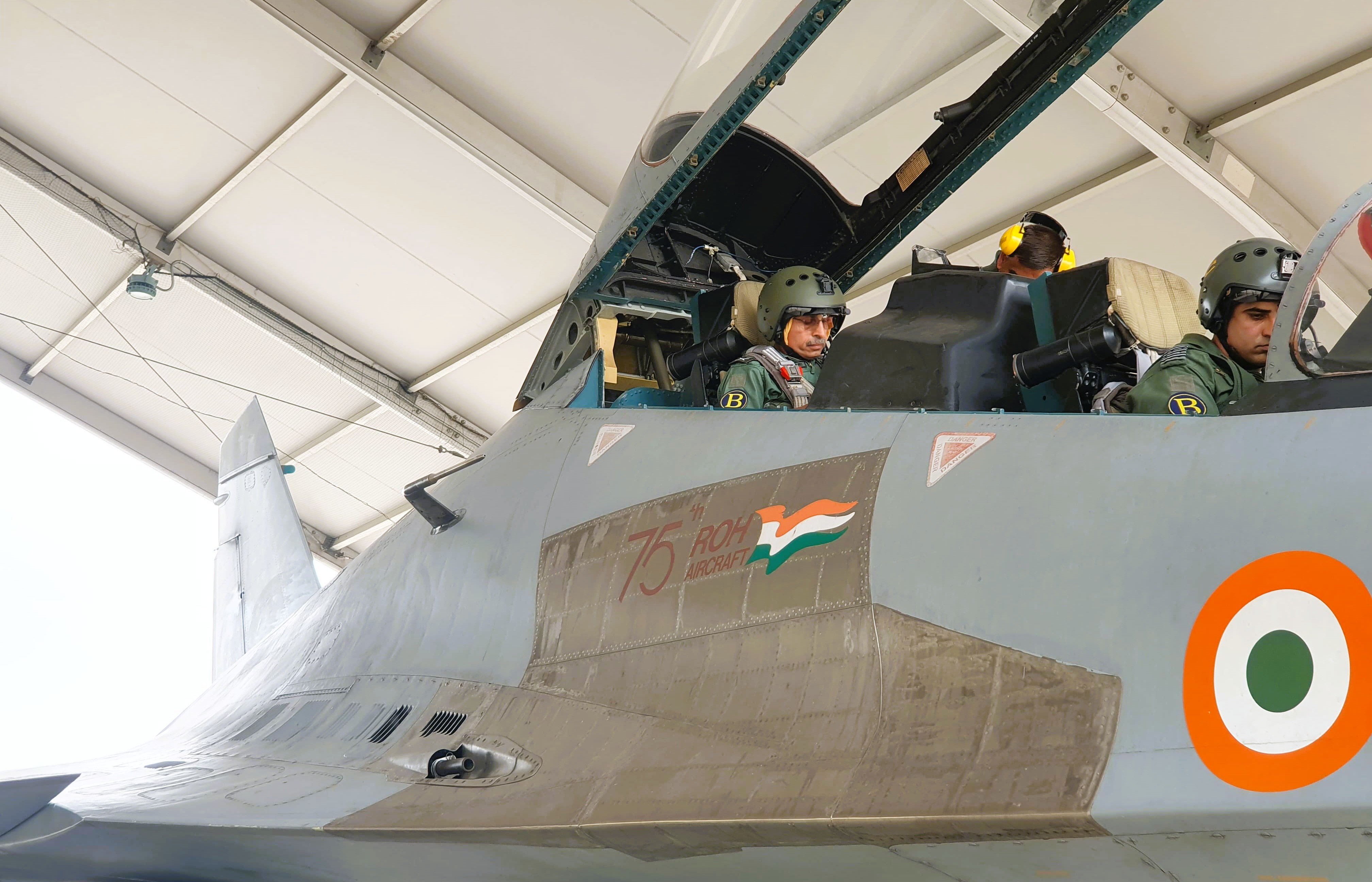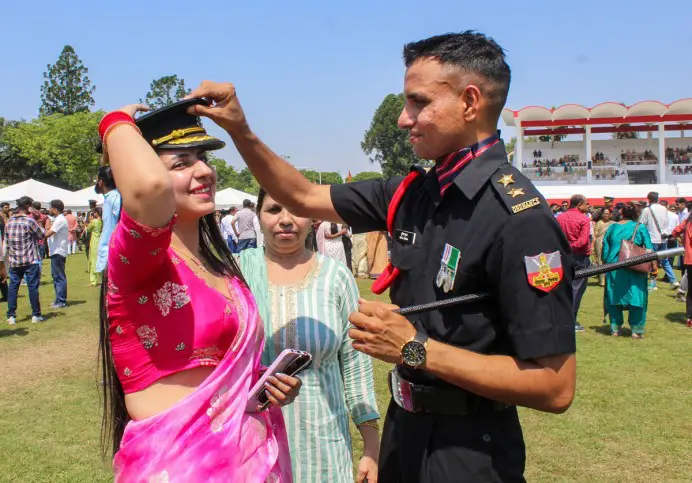The Armed Forces humanitarian assistance mission in response to the floods was named Mission Sahayata (assistances). Northern Command’s humanitarian assistance to Civil authorities was named ‘Operation MEGH RAHAT‘. The Indian Army, Air Force, and the Navy, committed large resources to the assistance mission including over 30,000 troops ( 21,000 in Srinagar, and 9000 in Jammu), 15 engineer task forces, 84 Indian Air Force and Army Aviation Corps fixed wing transport aircraft and helicopters, naval commandos and rescue specialists, and Base Hospital, four field hospitals, over 106 medical detachments. “Operation Megh Rahat”, ended on 19 September 2014, but “Operation Sadbhavna”, the relief and medical assistance support, according to government press release, will continue in “close synergy with the civil administration and the police”.
During the first few days the search and rescue operation were hindered by shortage of boats and bad weather. Boats were airlifted from all corners of India, including from far away Tamil Nadu. In the absence of civil boats the army pressed into service its BAUTS, more appropriate for assault river crossings than rescue assistance during floods. By the 11 September, there were 224 army boats and 148 NDRF’s inflatable boats in the affected area conducting rescue and search operations. For those who were stranded on roof tops as flood water menacingly swirled around them, Air Force helicopters with IAF Garud Commandos help winch the stranded people to safety. Several hundred were rescued from rood tops. In some cases the Indian Air Force(IAF) commandos had to break through the roof to rescue the trapped people.
The Army Commander denied media reports that it had “embedded journalists”, and that army has conducted its rescue according to “a hierarchy of importance and influence“, rather than “on the first-seen-first-saved basis”. On the incidents of stone throwing by some people, he said, “the incidents were very few” and “blown out of proportion. Most people rescued were extremely appreciative of the Army’s effort”, and that the rescue mission was assisted by “local volunteers who have contributed immensely.”



